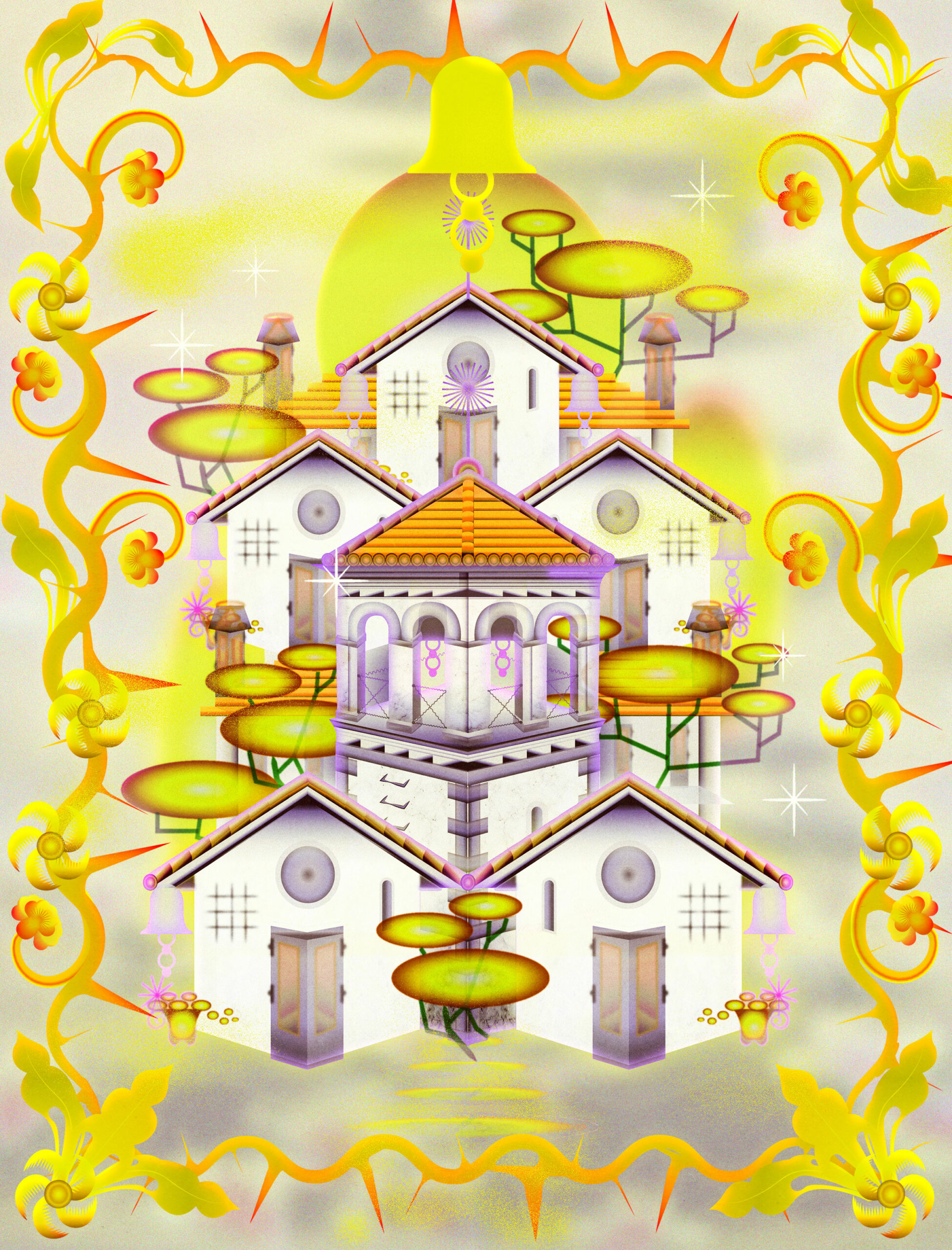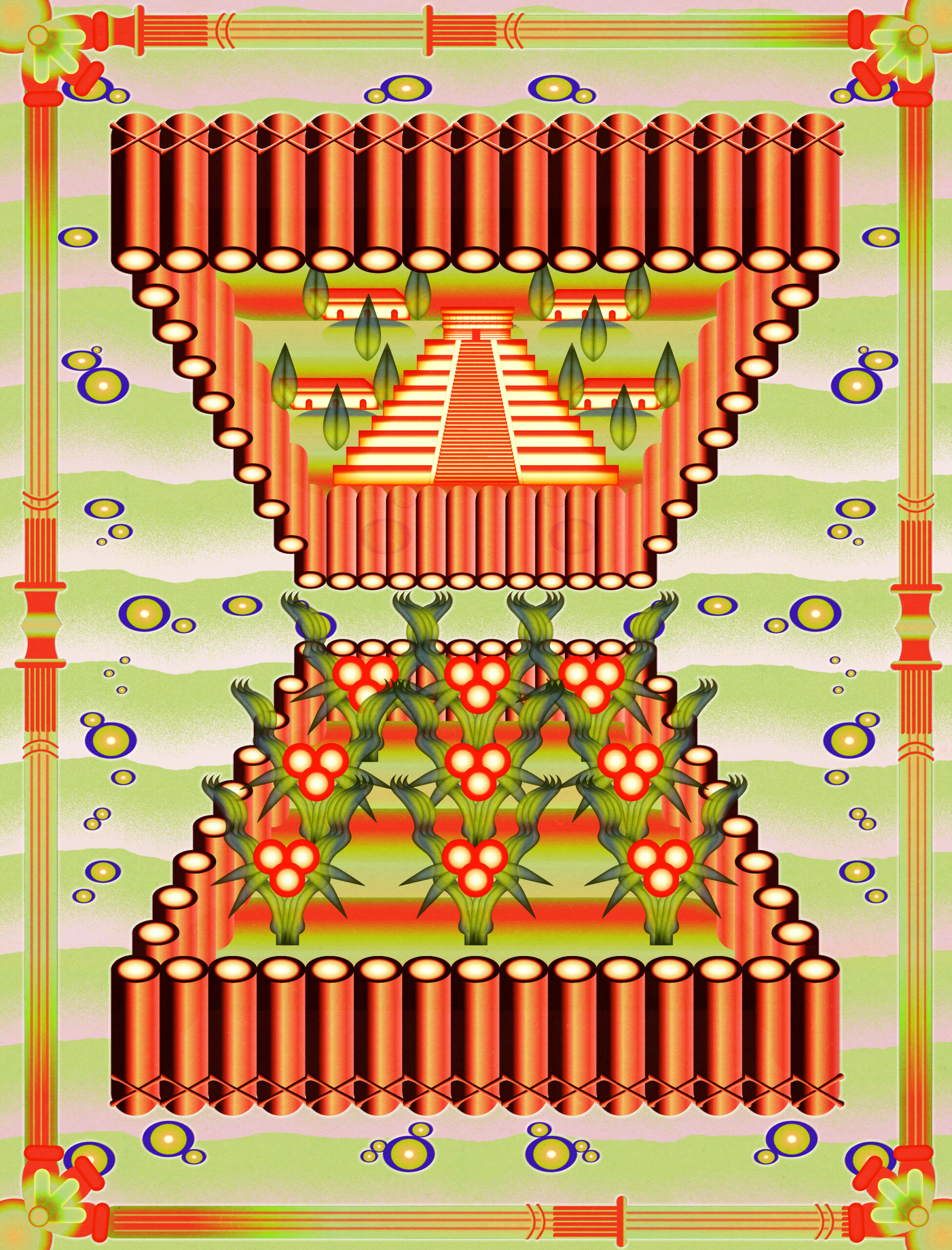The past month I’ve been receiving a box delivery of groceries each week to my apartment, each pre-packaged into several “meal kits” with accompanying recipes. A service I would normally abhor (the amount of packaging is truly disturbing, I pride myself on my abilities in the kitchen, etc.), I was enticed by a referral for a free trial. Even more estranged from its origins than in the supermarket, it is a complete mystery as to where this food comes from before arriving at my door. Sometimes in unpacking the box, a red pepper or some fruit cradled in my hand, I try to picture the farmland where these vegetables were grown– perhaps in Mexico, maybe even further afield. Some imagined, rural landscape, tethered to my city apartment by the thousands of miles this little pepper has traveled.
But most of the time, I don’t think about it at all. For many of us, food production is understood to be a non-urban phenomenon– urban areas consume what rural areas produce, and the interaction between the two is limited primarily to this dynamic. We don’t see our food until it is on our plate or in our fridge. Our cities are anesthetized, severed from the terrain surrounding them which allows them to live. The other day, my girlfriend almost walked into an upscale salad shop, thinking it was a bank, so devoid it was of signs of real food.
Cities weren’t always so sanitized. In the late 1800s, cows roamed in Harlem. Roosters at a poultry supplier were waking Bob Dylan in Greenwich Village in 1963. As both an architectural designer and sometime farmer, I look for alternatives to our current model, and speculate on how we might design more holistic systems of city-building. What I continue to find in my research is that the prevailing theories of urbanism come up short. The globalized city is too often observed as standing alone– the glimmering metropolis on the horizon– humming with its self-created energy of life and movement. Rarely is the city transparent in its reliance on a vast web of externalized systems in the lands beyond its borders– systems that span the globe. As such, urbanism engages in a myopia, valuing the physical space of the city at the expense of the processes that are required to keep the city alive.
This has led me to try to approach these questions, not from the standpoint of the city, but from the rural. As Rem Koolhaus said ahead of his (questionably-vague, overambitious, and overwrought) exhibition and book, Countryside: “the countryside is where the radical changes are.” In my own work, I hope to explore the spaces beyond, but inexorably linked to, the city– the rural-urban fringe, exurbs, desakota, outskirts, hinterland, umland, the peri-urban, the countryside– to better understand the systems necessary for urban life, but from the outside looking in, so to speak, in the hopes of avoiding some of the pitfalls of contemporary urbanism.
In this six part series for MOLD, I will profile systems– food, waste, and everything between– which bridge the urban, the periurban, and the rural, from farming practices in pre-colonial America to present day composting, to complicate our understanding of the geography of our cities. And as we explore moments where the urban-rural divide is proven a false dichotomy, we might catch glimpses of a future city where ecology, agriculture, and habitation reach a symbiosis.


